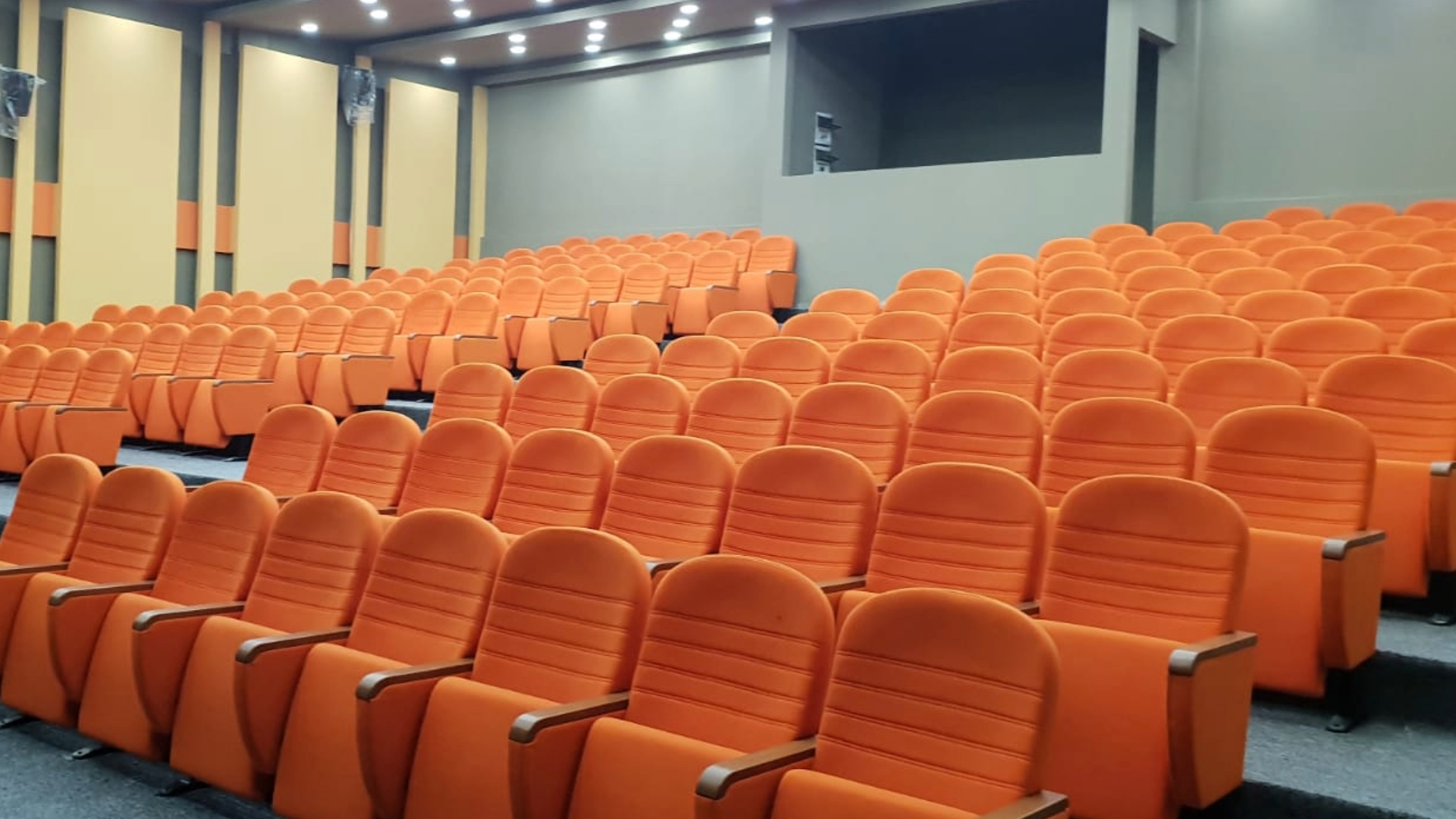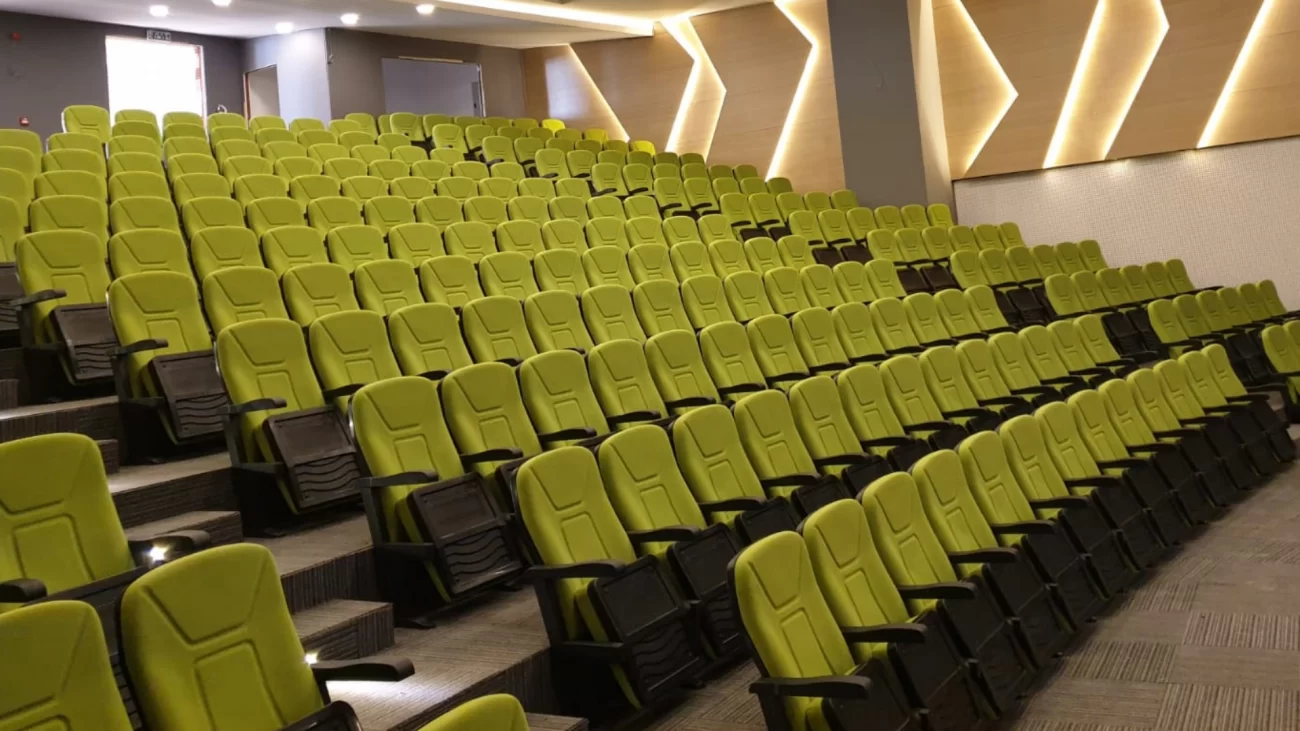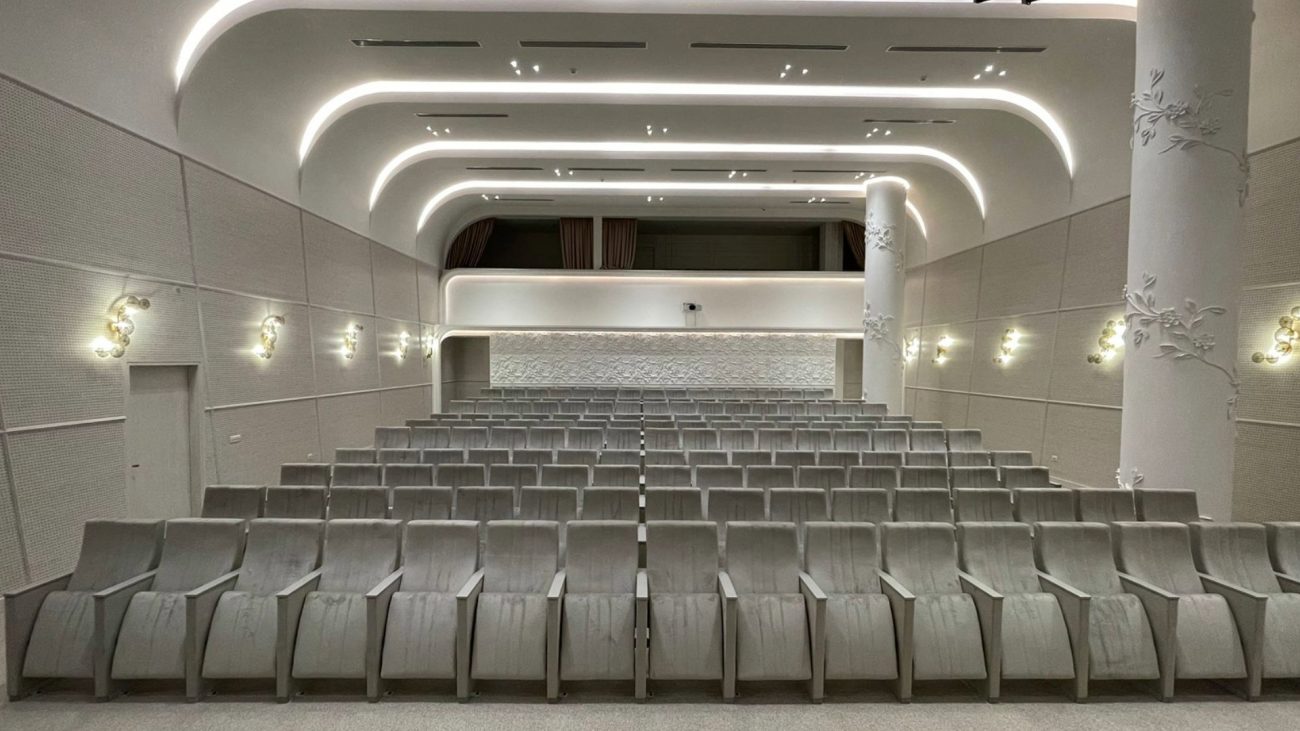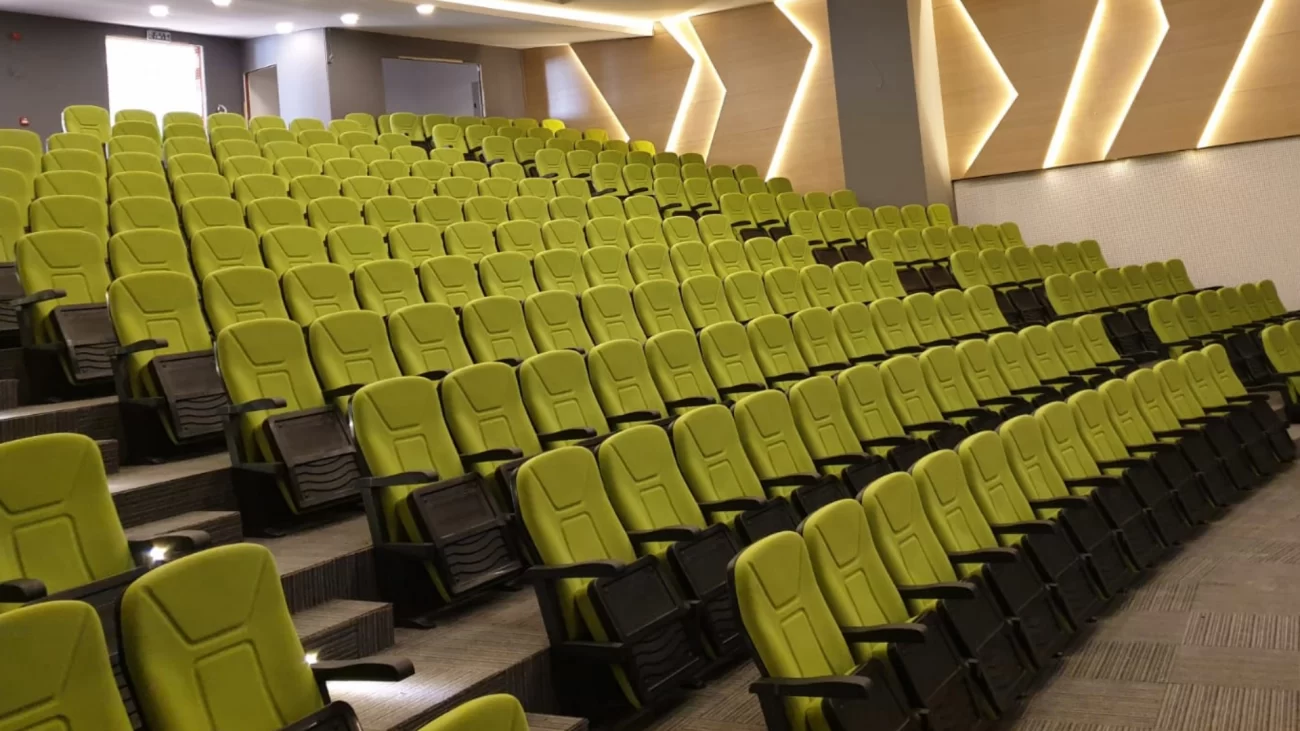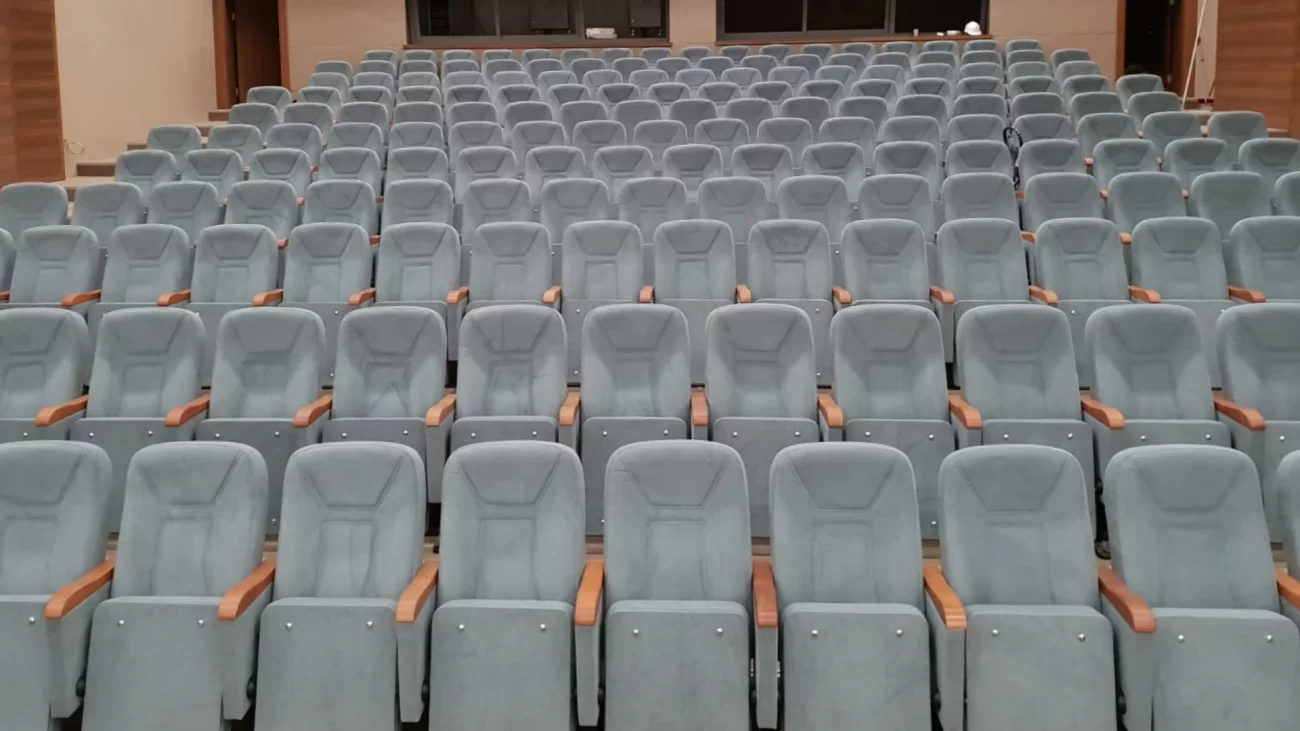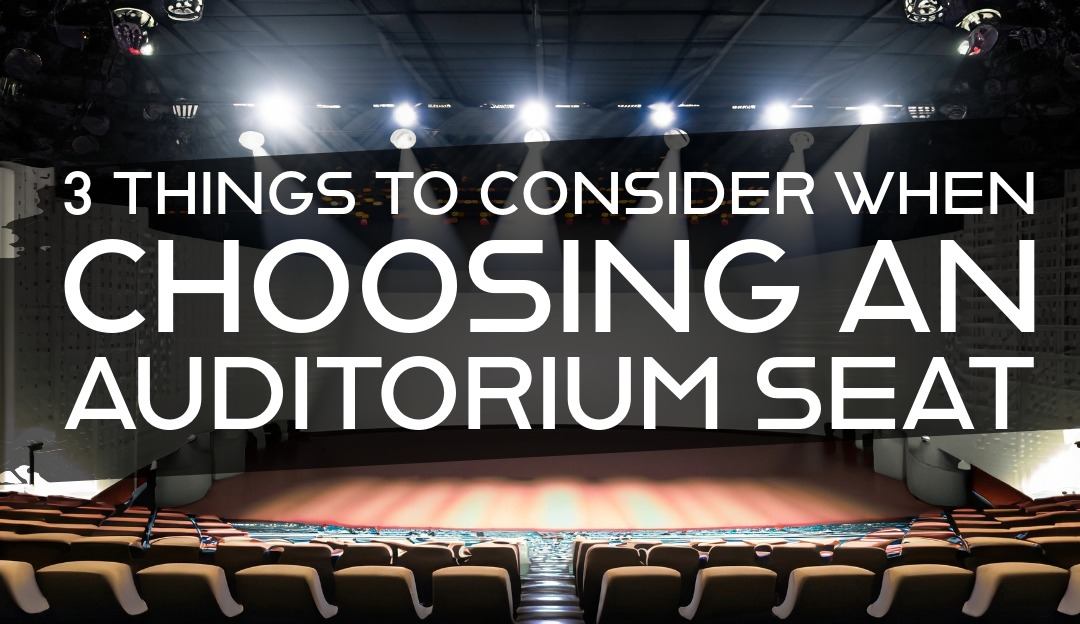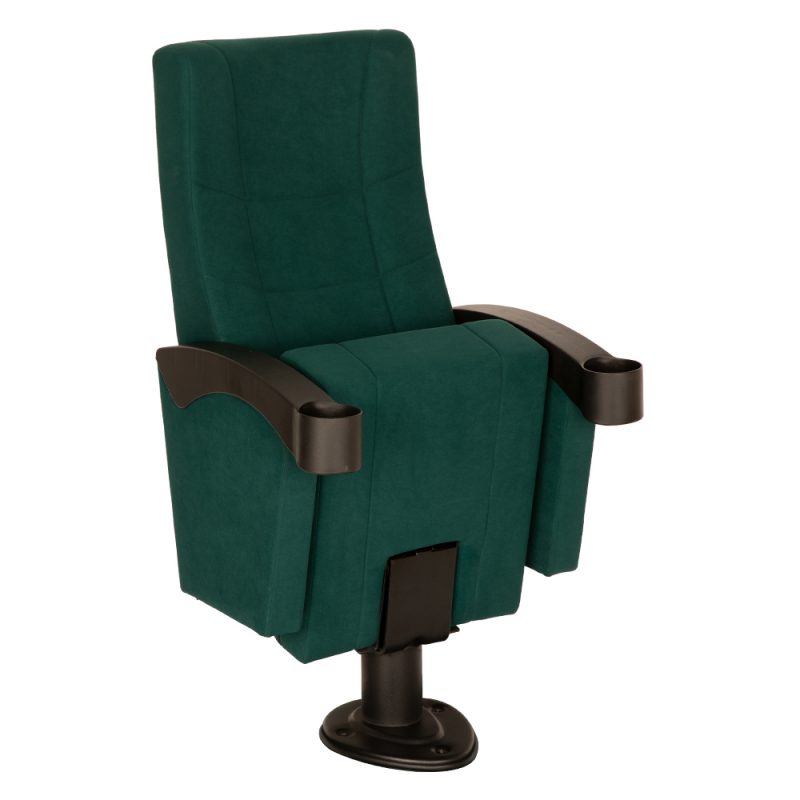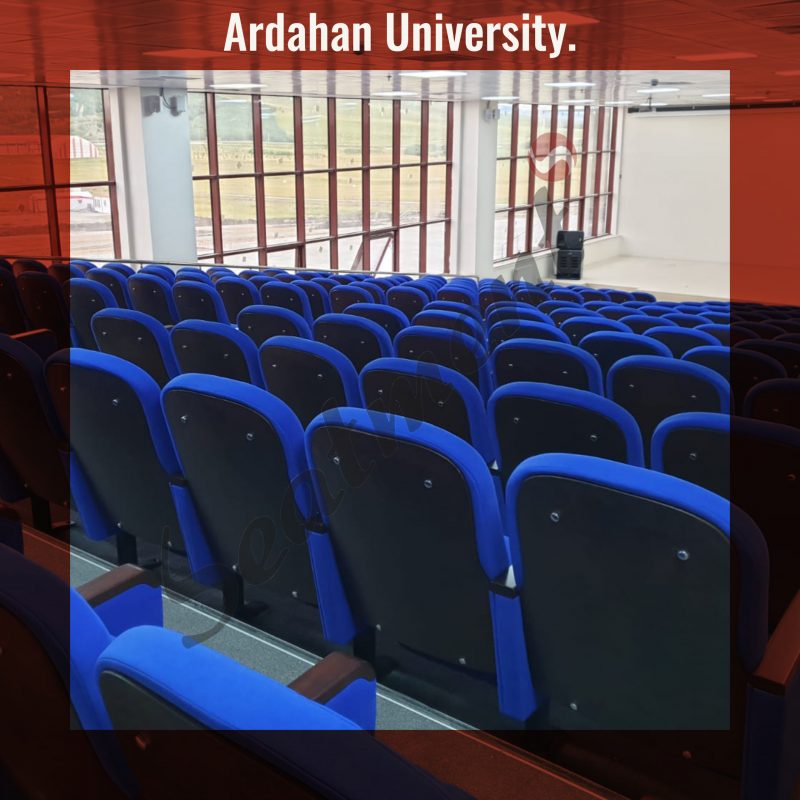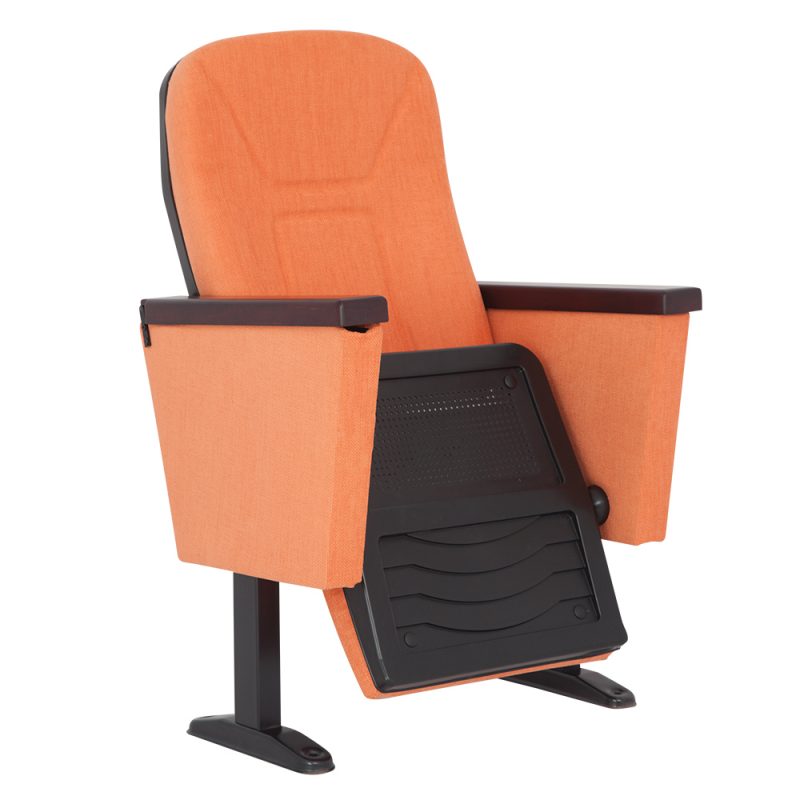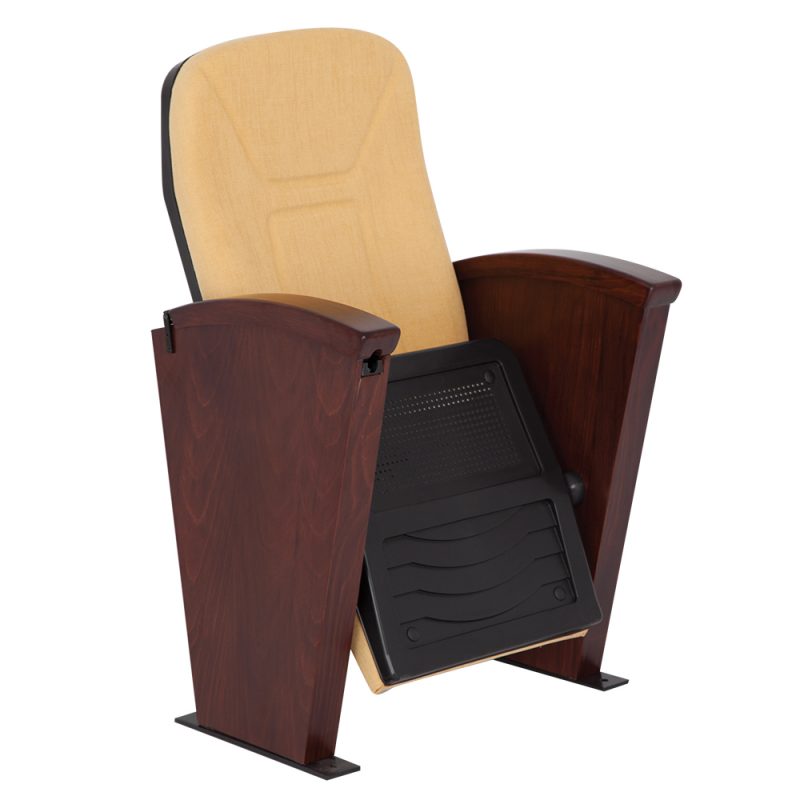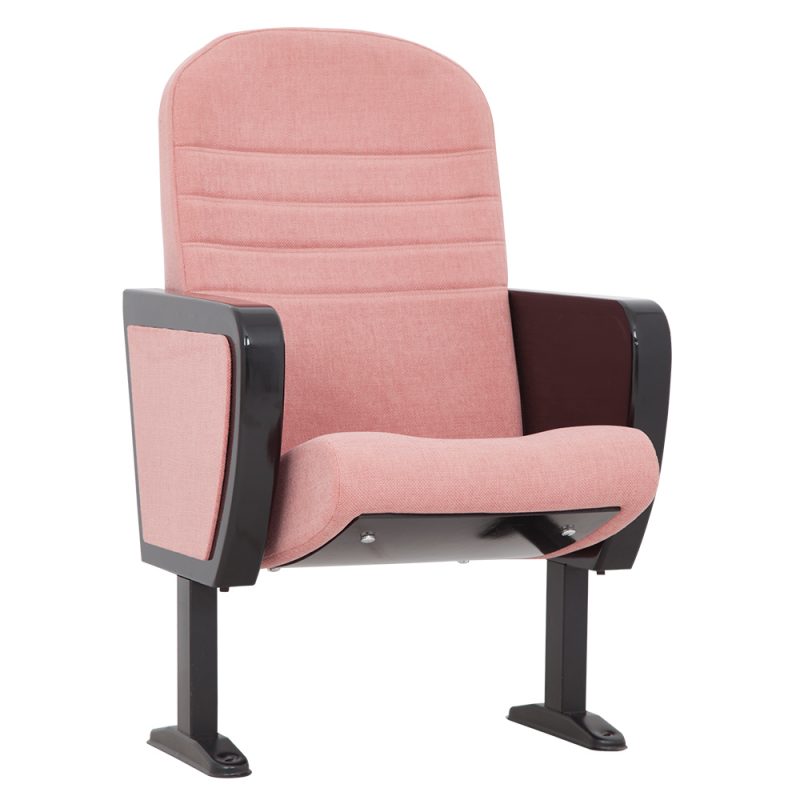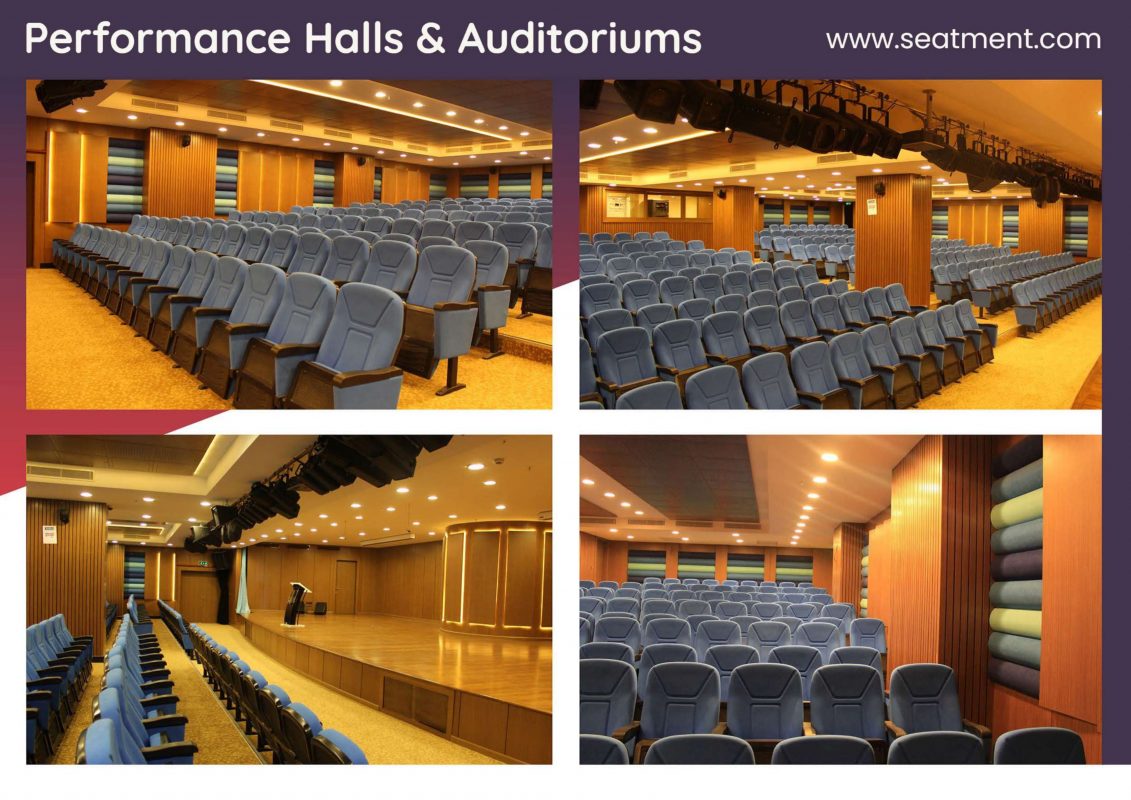What factors affect seating arrangements?
Seating arrangements are an important aspect of any event, whether it is a conference, a concert, a wedding, or a classroom. The way you arrange the seats can have a big impact on the success and satisfaction of your event. But what factors affect seating arrangements? How can you choose the best seating layout for your purpose and audience? In this article, we will explore some of the factors that you should consider when planning your seating arrangements.
The size and shape of the room
The first factor to consider is the size and shape of the room where your event will take place. The size and shape of the room can determine how many seats you can fit, how you can arrange them, and how you can optimize the space. For example, a rectangular room may allow for more rows of seats, while a circular room may require a more creative layout. You should also consider the location and size of the doors, windows, stage, screen, and other features of the room.
The type and goal of the event
The second factor to consider is the type and goal of the event that you are organizing. The type and goal of the event can influence the style and atmosphere that you want to create, and the level of interaction and engagement that you want to foster. For example, a lecture may require a more formal and focused seating arrangement, while a workshop may require a more informal and collaborative seating arrangement. You should also consider the duration and agenda of the event, and how you can keep your audience comfortable and interested.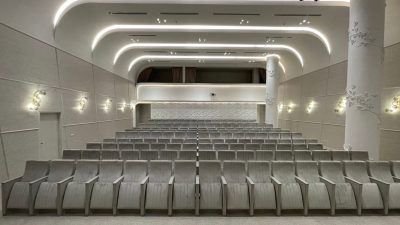
The number and profile of the audience
The third factor to consider is the number and profile of the audience that will attend your event. The number and profile of the audience can affect the capacity and diversity of your seating arrangement, and the preferences and expectations of your audience. For example, a large and diverse audience may require a more flexible and inclusive seating arrangement, while a small and homogeneous audience may require a more intimate and personalized seating arrangement. You should also consider the age, gender, culture, and background of your audience, and how you can cater to their needs and interests.
The budget and resources available
The fourth factor to consider is the budget and resources available for your seating arrangement. The budget and resources available can limit or expand your options and choices for your seating arrangement, and the quality and convenience of your seating arrangement. For example, a low budget and limited resources may require a more simple and economical seating arrangement, while a high budget and abundant resources may allow for a more elaborate and luxurious seating arrangement. You should also consider the cost, availability, and suitability of the seats, tables, and other equipment that you will use.


